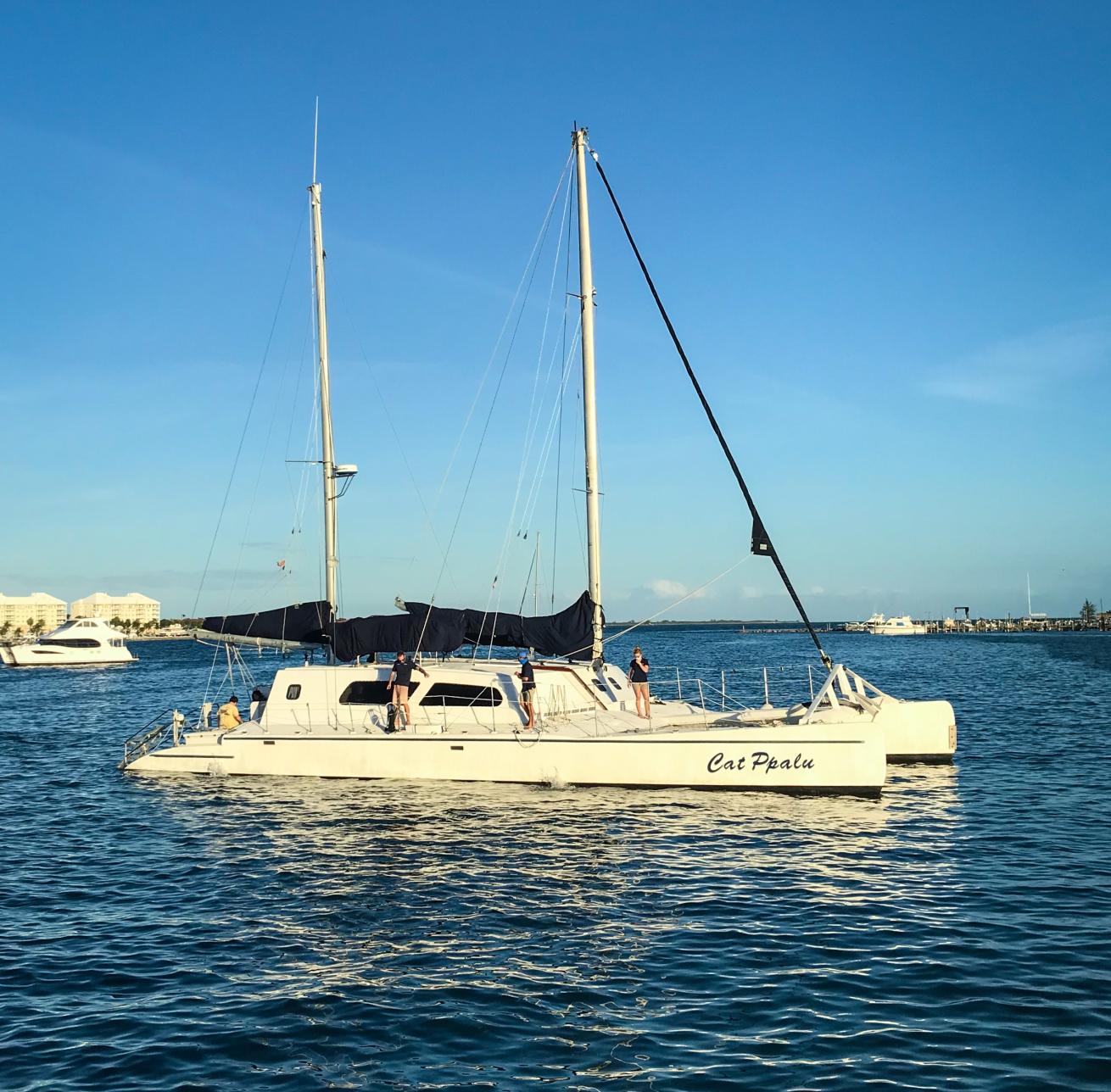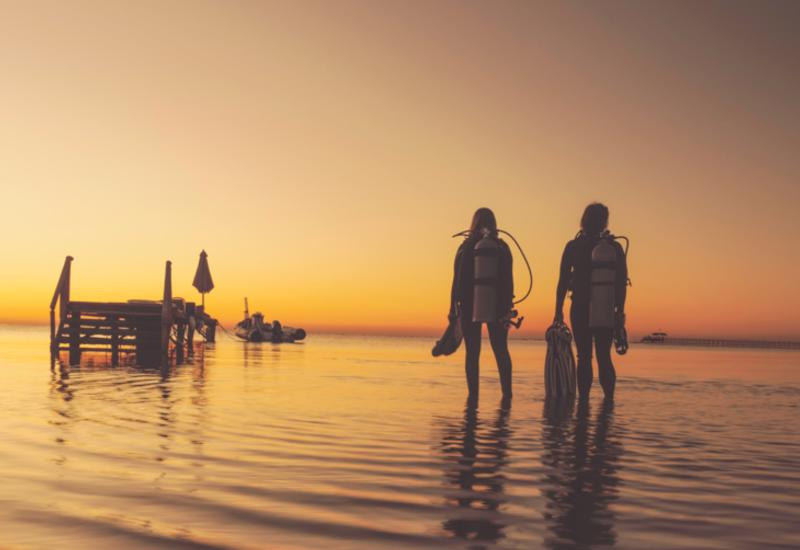4 Epic Liveaboard Expeditions for Citizen Scientists

Brandi MuellerCitizen science trips allow divers to give back to the ocean they love.
The ocean faces many threats and, as divers, we see these challenges firsthand. It’s natural to want to turn our love of diving into something useful for the sea. Transitioning your career to become a marine biologist or ocean-saving entrepreneur is not the most practical. But if you want to travel with purpose, joining a citizen science trip helps us give back to the environment we love.
What is Citizen Science and How Can I Get Involved?
As a citizen scientist, divers can participate in collecting data or monitoring research sites. It is the easiest (and most fun!) way to get involved with science. All Star Liveaboards hosts special citizen science trips throughout the year to various destinations. Onboard, guests can learn more about the ecosystem and actively participate in research–all while still enjoying some of the world’s best dive locations and with all of the comforts of a luxury liveaboard.

Brandi MuellerThe All Star Cat Ppalu in the Bahamas.
Restoring Bahamas’ Reefs
Sea Urchin Relocation
Sea urchin populations of the genus Diadema in the Caribbean experienced mass mortality events in the 1980’s and then again in 2022. Without urchins to eat algae, the algae outcompete coral for sunlight (food), leading to coral death and an unbalanced ecosystem. For over 20 years, All Star has teamed up with scientists to fight back and continues to run several special trips dedicated to urchin relocation. Divers learn the necessary skills onboard then work to clear algae and relocate sea urchins (from locations of healthier populations throughout the area) in an effort to rebalance the system.
This hands-on work has divers scrub the algae and handle urchins to move them. Nothing feels better than coming up from a dive having worked underwater to help improve the ecosystem. The results are visually seen and scientifically proven. All Star observed over a 200% increase in coral cover at the dive site Barracuda Shoals over the last 15 years.
Related Reading: Divers Cull the Tide of Urchins to Help Save Kelp
Coral Farming
Aboard the All Star Aqua Cat, Blackbeard’s and Cat Ppalu divers can help with reef restoration on every trip. In partnership with the Perry Institute for Marine Science, All Star installed and maintains two coral nurseries. Interested divers can learn about coral restoration, visit the nurseries and participate in maintaining the farms. Divers can also earn their PADI Reef Rescue Specialty during the trips. Underwater, divers may help hang coral cuttings which will grow larger before being replanted, clean the cuttings of algae, or help to replant the cuttings when they are large enough on the reef.

Brandi MuellerOceanic whitetip shark cruising in shallow water in the Red Sea.
Sharks of Red Sea
The Red Sea is home to many species of sharks including oceanic whitetip, scalloped hammerhead, thresher, silky and grey reef. All Star Scuba Scene hosts Shark Week trips coinciding with the season sharks visit popular sites. Divers assist Dr. Elke Bojanowski, research director of the Red Sea Shark Trust, in collecting photo identifications. Additionally, guests onboard will learn about the different sharks in the Red Sea, her research and the threats sharks face.
The Red Sea Shark Trust encourages divers to be citizen scientists and submit images taken while diving on any vessels in the Red Sea at any time to help researchers learn more about population dynamics, animal movement, behaviors, individual animal identification and reproduction. After a dive, it’s always exciting to scan the fish I.D. books, looking up information and fun facts about the unique wildlife. Having a shark expert onboard your dive trip is an added bonus to ask questions and learn as much as possible.

Brandi MuellerDivers learn how to properly photograph mantas in Indonesia.
Manta Rays in Indonesia
Aboard the All Star Aurora, divers can help researchers learn more about manta populations in Raja Ampat with photographic identification. During special trips with the U.K. non-profit, Manta Trust, guests can dive with and learn from onboard manta experts. The experts share information about mantas, recent cutting-edge research and instruction on the best way to take photos of manta’s unique markings on their underside.
Related Reading: How to Use Photography for Conservation
Mantas in Indonesia are particularly vulnerable to commercial fishing, as bycatch as well as targeted for their gill plates which are valued in traditional medicines. The participants' images help researchers identify and learn more about the manta population, geography, behaviors and more. Plus, if you are lucky enough to photograph a manta that is not in the database, you get to name it. Manta Trust also collects images worldwide from any divers willing to share images and information about where the manta photos were taken for worldwide research.










